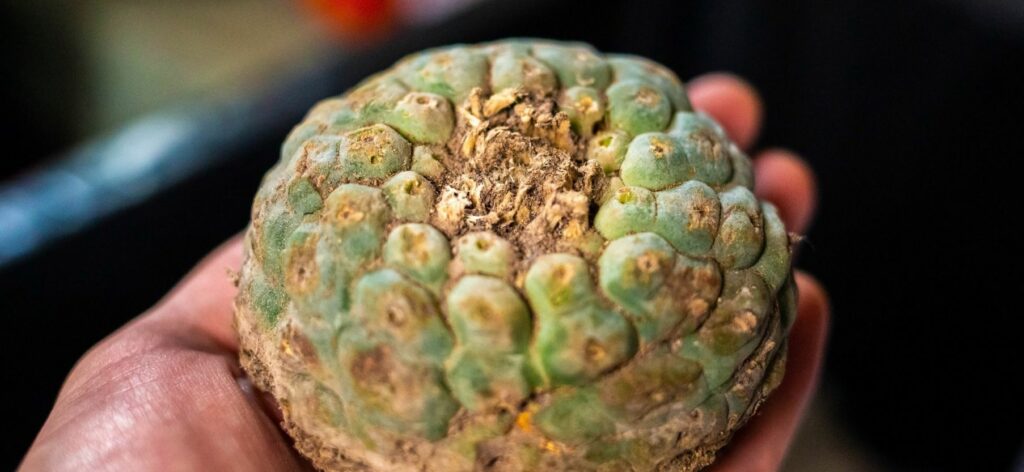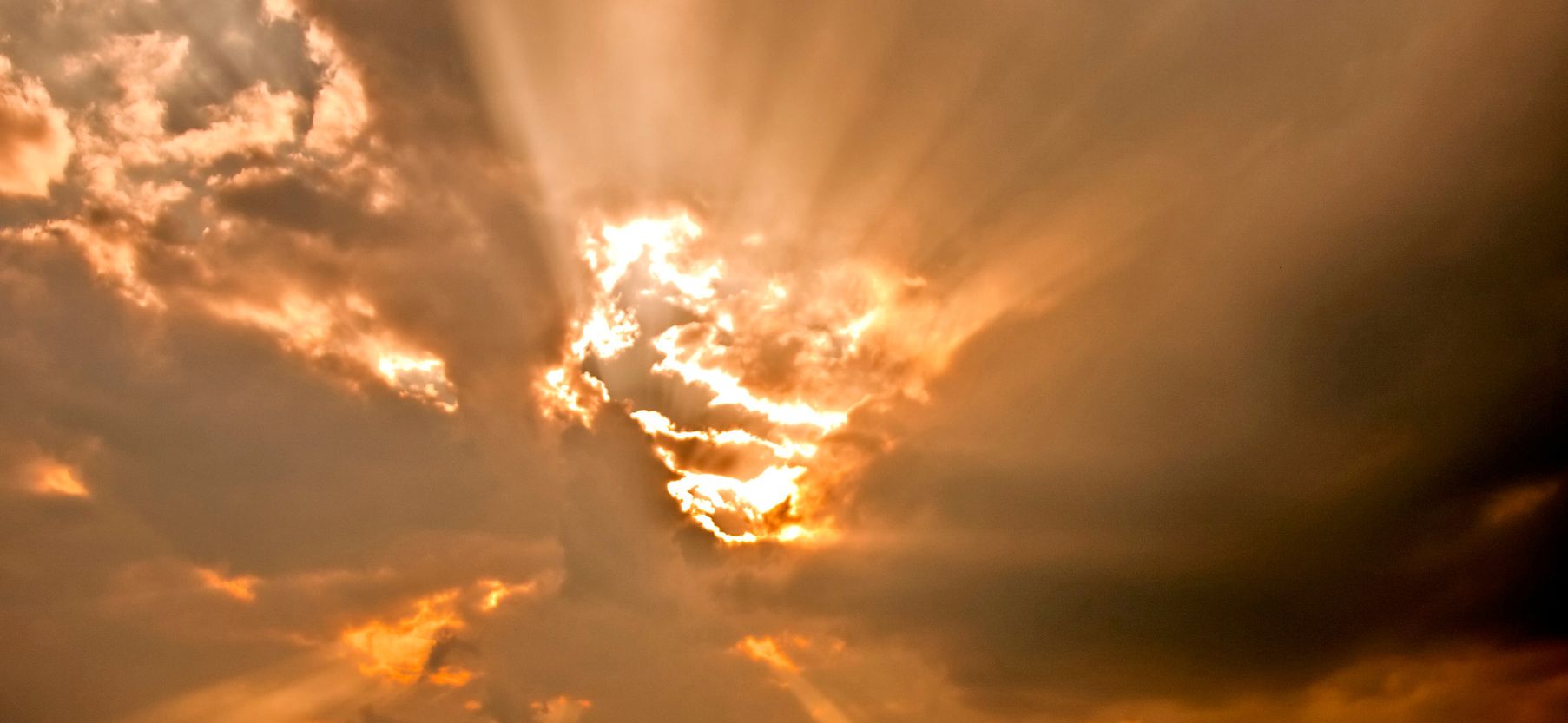Psychedelics and religion are deeply intertwined. Entheogens, or psychoactive substances which are thought to produce divine experiences, have been part of spiritual practices since ancient times. While our current understanding of the role psychedelics can play in our lives has changed over time, their use remains deeply entrenched in many cultures around the world today. Looking at historical examples allows us to gain insight into potential ways psychedelics could be safely and respectfully integrated into spiritual and wellness practices while still honoring tradition.
The ancient roots of entheogens
Psychedelics have been utilized in religious or spiritual traditions for thousands of years, and are referred to by some as “entheogens”. An entheogen is a psychoactive substance that is believed to produce divine experiences. These substances have been used for centuries in religious and spiritual practices, notably in shamanic and Native American rituals. The term typically refers to plants containing psychoactive compounds such as ayahuasca, psilocybin mushrooms, and peyote, though some definitions also include synthetic compounds such as LSD. The effects of entheogens vary depending on the dose taken, but they are typically used to induce altered states of consciousness, allowing users to explore their inner selves and connect with the spiritual realm. Entheogenic experiences are often accompanied by vivid visuals, mystical visions, and profound insights into life’s ultimate questions. They can be powerfully therapeutic when conducted in a safe environment with an experienced guide or facilitator.

Psychedelics and religion have somewhat of a shared history. This concept of invoking a divine experience through psychedelics has been explored in various communities around the world dating back thousands of years. Depictions of psilocybin mushrooms have been found in Stone Age rock art dating back to more than 7,000 years ago, demonstrating that these ancient humans prized the psychedelic properties of these plants, potentially using them for spiritual purposes. Mushroom glyphs have also been found in El Hosh, Upper Egypt, leading experts to believe that psychotropic plants played an important role in Egyptian medicine and religion. Mesoamerica has perhaps the richest history of psychedelic use, where sculptures depicting psychedelic mushrooms have been found in ritual sites dating back to 3000 BCE. As with the Stone Age rock art, these works demonstrate the sacred spiritual role psychedelic plants played for indigenous communities like the Olmec, Zapotec, Aztec, and Maya.
The physiology of psychedelics and religion
While we know psychedelics and religion have gone hand in hand for millennia, we know less about why these plants seem to so reliably create spiritual experiences.
One theory is tied to the concept of ‘ego death’. Proponents claim that at high doses, psychedelics can cause an altered state of consciousness known as ego dissolution or self-transcendence. This is when an individual feels disconnected from their sense of self, often leading to feelings of unity with the universe or divine enlightenment. Many ancient cultures believed this was a necessary step in order to reach a deeper form of spirituality and connect with the divine realm.
Contemporary spiritual use of psychedelics
In the contemporary context, psychedelics are still seen by many as a spiritual connection to the divine, aiding practitioners in exploring and understanding their connections with nature, the cosmos, and ultimately themselves.
In recent years, the use of psychedelics has seen a resurgence as more people seek out the spiritual connection and transformative experiences that psychedelics can offer. This trend has spurred the growth of psychedelic retreats and psychedelic tourism, where people from all over the world travel to specific locations to experience psychedelic-induced states in a safe, guided setting. Peru is well known for its ayahuasca ceremonies, while Mexico is home to many peyote ceremonies performed by traditional shamans. There are also many “psychedelic spas” popping up around the world where people can go for plant medicine healing treatments such as ayahuasca cleanses or San Pedro cacti ceremonies.

Psychedelic retreats are typically run by experienced facilitators who provide a comfortable setting for participants to explore their inner consciousness. The facilitator will often guide participants through various exercises and activities to get them into an optimal mindset for their journey. In addition to providing emotional and psychological support, these facilitators may also utilize other techniques such as meditation, yoga, art therapy, or sound healing to help enhance the experience. Participants typically leave with a greater sense of clarity on their life purpose and an improved connection with nature and the universe.
The trend towards psychedelic retreats and psychedelic tourism shows no signs of slowing down as more people turn towards psychedelics for spiritual exploration. With proper guidance and safety protocols in place, these retreats can be an incredibly powerful tool for personal growth. That said, they have drawn their fair share of criticism.
With increasing globalization and the rise of online communities in which psychedelics are shared, there’s justified concern about religious and spiritual practices being adopted by foreigners with little to no connection to spiritual traditions and beliefs. To many, this is tantamount to cultural exploitation, where outsiders benefit from traditional knowledge without taking into account the implications this has on native populations who have faithfully practiced these traditions for generations. Then there’s the more tangible concern of resources: plants like ayahuasca are at risk for over-cultivation as communities strive to keep up with increasing demand from tourists. There are also some less obvious knock-on effects, such as the increase in jaguar poaching some experts believe is driven at least in part by psychedelic tourists. Researchers found that tourists are often targeted by vendors selling jaguar pendants and skins under the pretense that they’ll enhance the psychedelic experience. As tourism rises, so does the demand for these products, incentivizing poachers.
In recent years, efforts have been made to bring attention to these issues and address them through better regulation and more transparent practices when harvesting natural resources or developing psychedelics based on traditional knowledge. However, much more needs to be done if we are going to ensure that indigenous populations benefit from the psychedelic revolution and have access to their own traditional knowledge.

